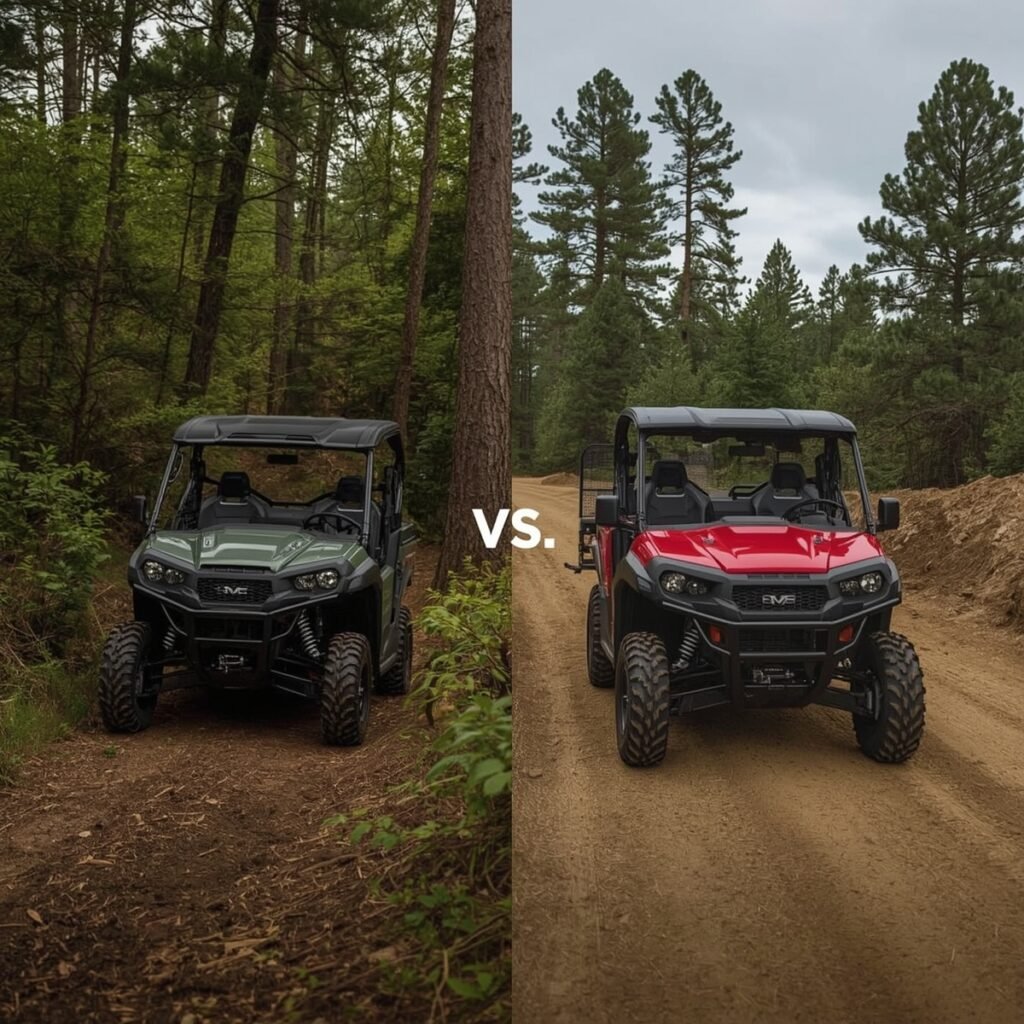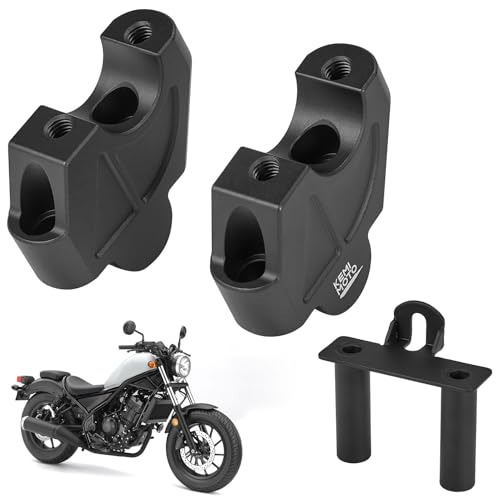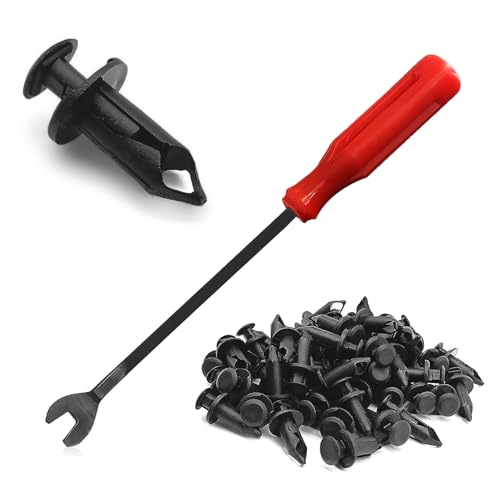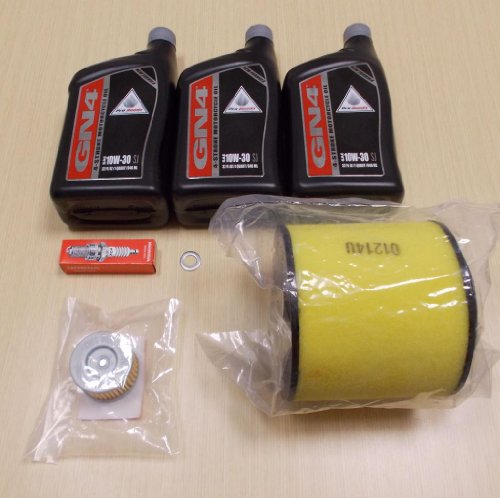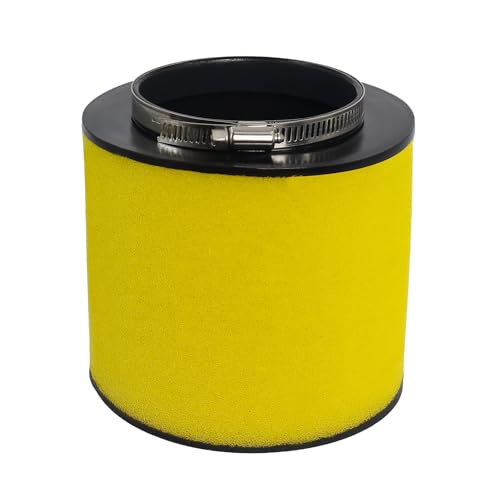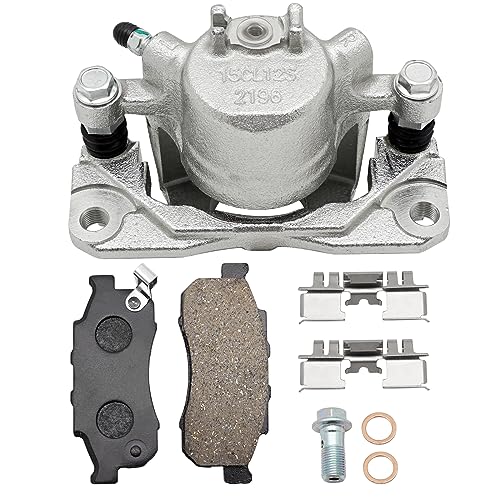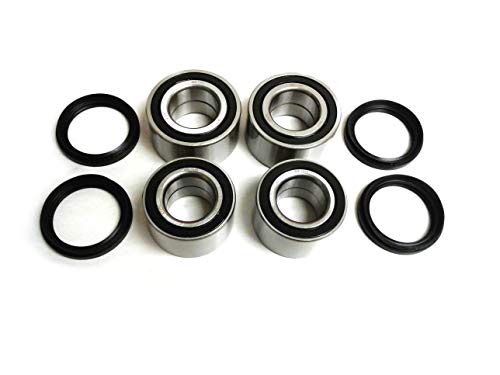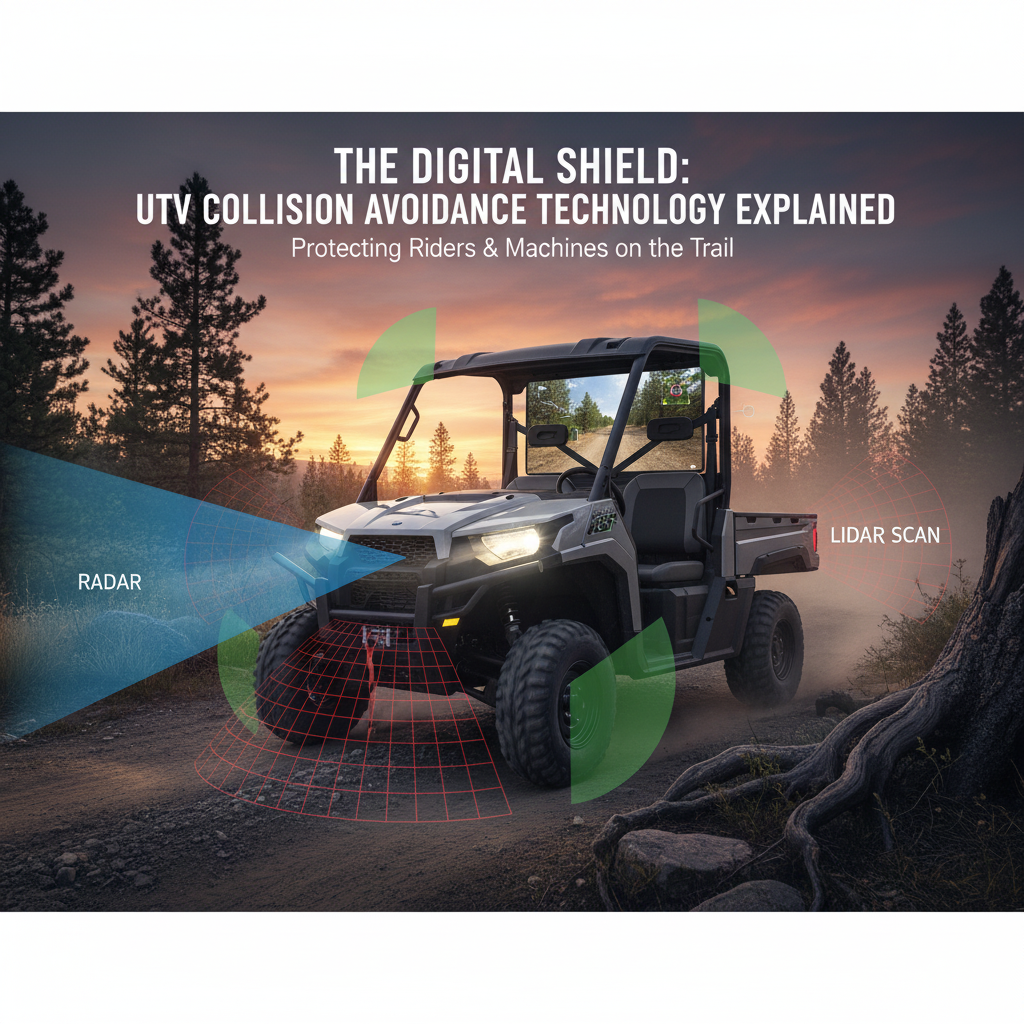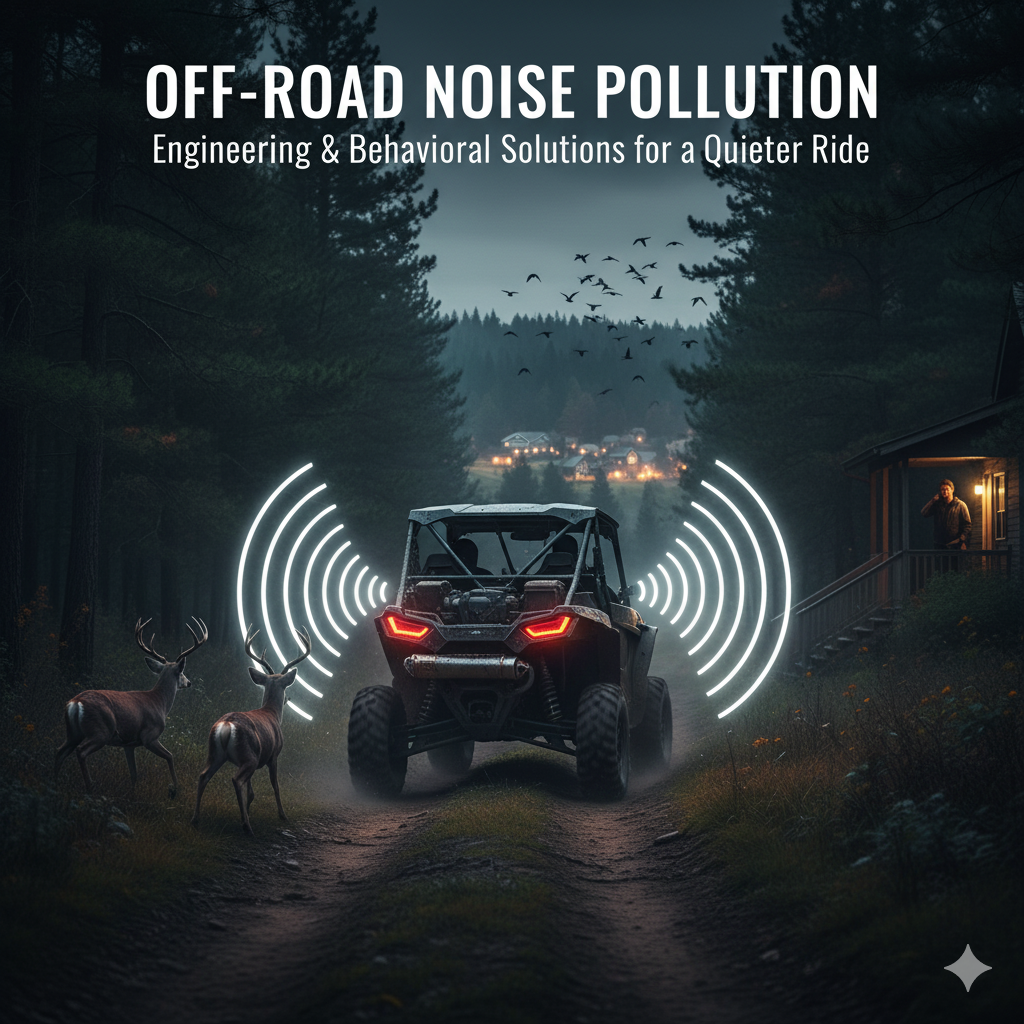When it comes to reliable, versatile, and fun-to-drive utility side-by-sides, Honda Pioneers consistently rank high on the list.
Known for their legendary durability and innovative features, these machines are a favorite among off-road enthusiasts, farmers, and recreational riders alike.
But within the Pioneer lineup, two models often spark a debate: the compact Pioneer 500 and the more robust Pioneer 700.
Both offer distinct advantages, and choosing between them can be a tough decision, especially when you’re looking for the best value for your hard-earned money.
As someone who appreciates a machine that works as hard as it plays, I understand the importance of making the right choice.
In this comprehensive blog post, we’ll conduct a detailed Honda Pioneer 500 vs. 700: Best Value Analysis.
We’ll delve into their specifications, performance capabilities, seating configurations, and, most importantly, their real-world value proposition.
My goal is to help you understand the nuances of each model, allowing you to determine which Pioneer truly offers the best bang for your buck based on your specific needs, usage, and budget.
Let’s explore these two fantastic UTVs and find your perfect match!
Key Differences: Size, Power, and Seating
The most apparent distinctions between the Pioneer 500 and 700 lie in their physical dimensions, engine power, and passenger capacity.
These factors directly influence their suitability for various tasks and terrains.
Honda Pioneer 500: Compact and Agile
The Pioneer 500 is Honda’s most compact side-by-side, designed for agility and fitting into tighter spaces.
Its key characteristics include:
- Engine: Powered by a 475cc liquid-cooled single-cylinder four-stroke engine. While smaller, it provides ample power for light utility work and recreational trail riding.
- Transmission: Features a unique 5-speed automatic transmission with paddle shifters, offering direct gear engagement and engine braking. This is a significant departure from traditional CVT systems found in many other UTVs.
- Width: At just 50 inches wide, the Pioneer 500 can navigate narrow trails and fit into the back of a full-size pickup truck with ease, making it highly transportable.
- Seating: Designed for two passengers, making it ideal for couples or solo riders.
- Towing/Payload: Offers a 1,000-pound towing capacity and a 450-pound bed capacity, suitable for smaller loads and light hauling.
Honda Pioneer 700: More Power, More Capacity
The Pioneer 700 steps up in size and capability, offering more power and the option for additional passengers.
Its features include:
- Engine: Equipped with a larger 675cc liquid-cooled single-cylinder four-stroke engine, providing more horsepower and torque for heavier tasks and more demanding terrain.
- Transmission: Utilizes a fully automatic transmission with a torque converter, offering smooth power delivery. Some models may also feature a manual mode.
- Width: At approximately 59.9 inches wide, it’s broader than the 500, offering more stability but less access to extremely narrow trails.
- Seating: Available in two configurations: a 2-person model and a 4-person model (Pioneer 700-4) with convertible rear seating that can fold flat to expand cargo space. This versatility is a major draw for families or those needing to transport more people.
- Towing/Payload: Boasts a 1,500-pound towing capacity and a 1,000-pound bed capacity, making it more capable for substantial hauling and utility work.
Real-World Considerations:
- Trail Access: The 50-inch width of the Pioneer 500 is a significant advantage for accessing trails with width restrictions, common in many national forests and parks.
- Passenger Needs: If you frequently ride with more than one passenger, the Pioneer 700-4 is a clear winner due to its flexible seating.
- Power Demands: For heavier towing, steeper inclines, or more aggressive riding, the 700’s larger engine provides a noticeable performance boost.
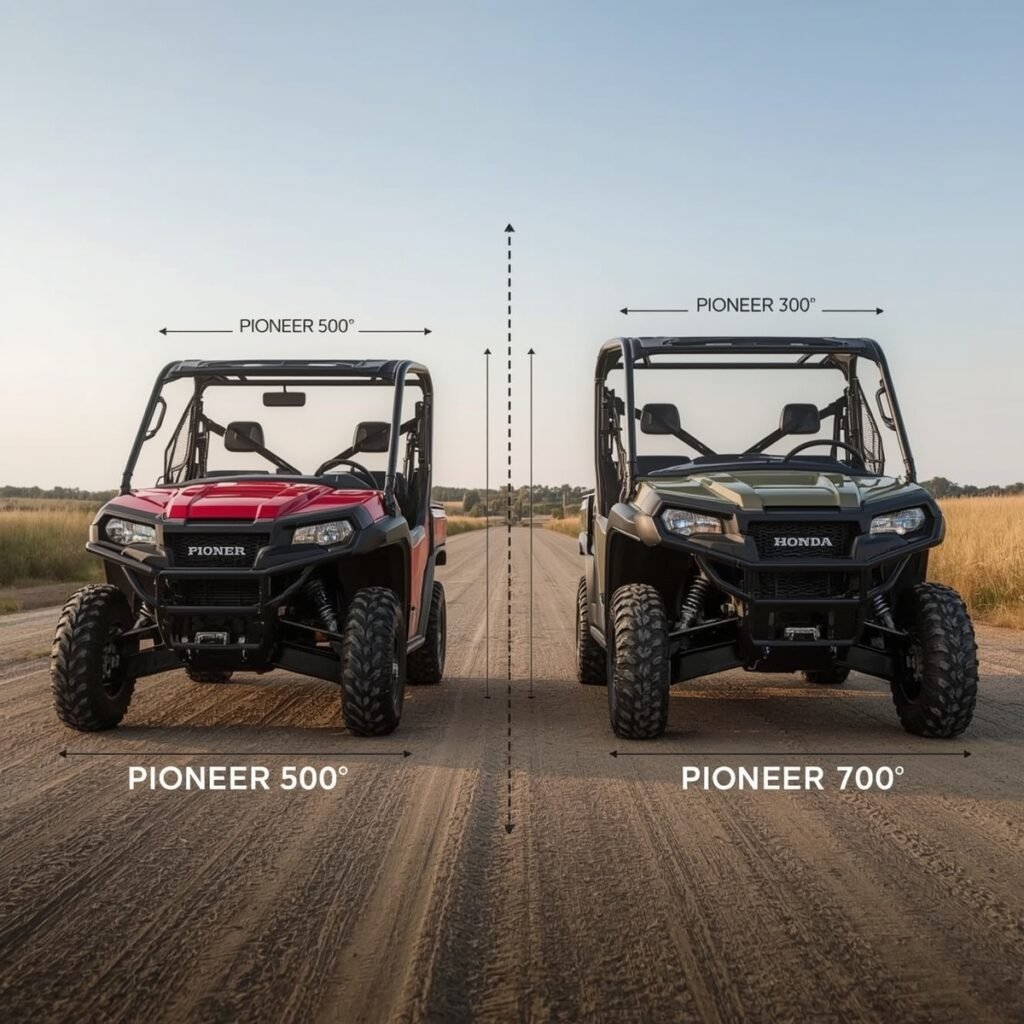
Performance and Handling: On the Trail and at Work
Beyond raw specifications, how these UTVs perform in real-world scenarios is crucial for determining their value.
Their handling characteristics, ride comfort, and overall capability on various terrains will influence your experience.
Pioneer 500: Nimble and Fun
The Pioneer 500, with its compact size and lighter weight, is incredibly nimble and fun to drive.
It excels in tight, technical trails where maneuverability is key.
- Agility: Its 50-inch width allows it to slip through narrow gaps that larger UTVs can’t. The short wheelbase contributes to a tight turning radius, making it easy to navigate obstacles.
- Ride Comfort: While compact, the Pioneer 500 offers a surprisingly comfortable ride for its size, especially on moderate trails. The independent front and rear suspension soak up bumps effectively.
- Engine Braking: The geared transmission provides excellent engine braking, which is a significant advantage when descending hills, offering more control and reducing reliance on the brakes.
- Versatility: It’s a great choice for property maintenance, light hunting, and recreational trail riding where space is a constraint.
Pioneer 700: Stable and Capable
The Pioneer 700, with its larger footprint and more powerful engine, offers enhanced stability and capability, particularly when tackling tougher jobs or more aggressive terrain.
- Stability: The wider stance and longer wheelbase of the 700 contribute to greater stability, especially on uneven terrain or when carrying heavy loads. This makes it feel more planted and secure.
- Power Delivery: The 675cc engine provides a noticeable increase in power and torque, allowing for easier acceleration, better performance on inclines, and more confident hauling of heavier loads.
- Ride Comfort: The 700 generally offers a smoother and more comfortable ride, especially over rough terrain, due to its larger size and often more robust suspension components. The 700-4 models also provide a more comfortable ride for rear passengers.
- Workhorse Capability: Its increased towing and payload capacities make it a true workhorse for larger properties, farming, or serious hunting and utility tasks.
Real-World Considerations:
- Terrain: If your primary use involves extremely tight, technical trails, the 500’s agility is unmatched. For more open trails, moderate terrain, or heavy work, the 700’s stability and power shine.
- Suspension Travel: While both offer independent suspension, the 700 typically has slightly more suspension travel, which can translate to a smoother ride over very rough terrain.
- Ground Clearance: Both models offer good ground clearance for their class, allowing them to clear most obstacles encountered on typical trails.
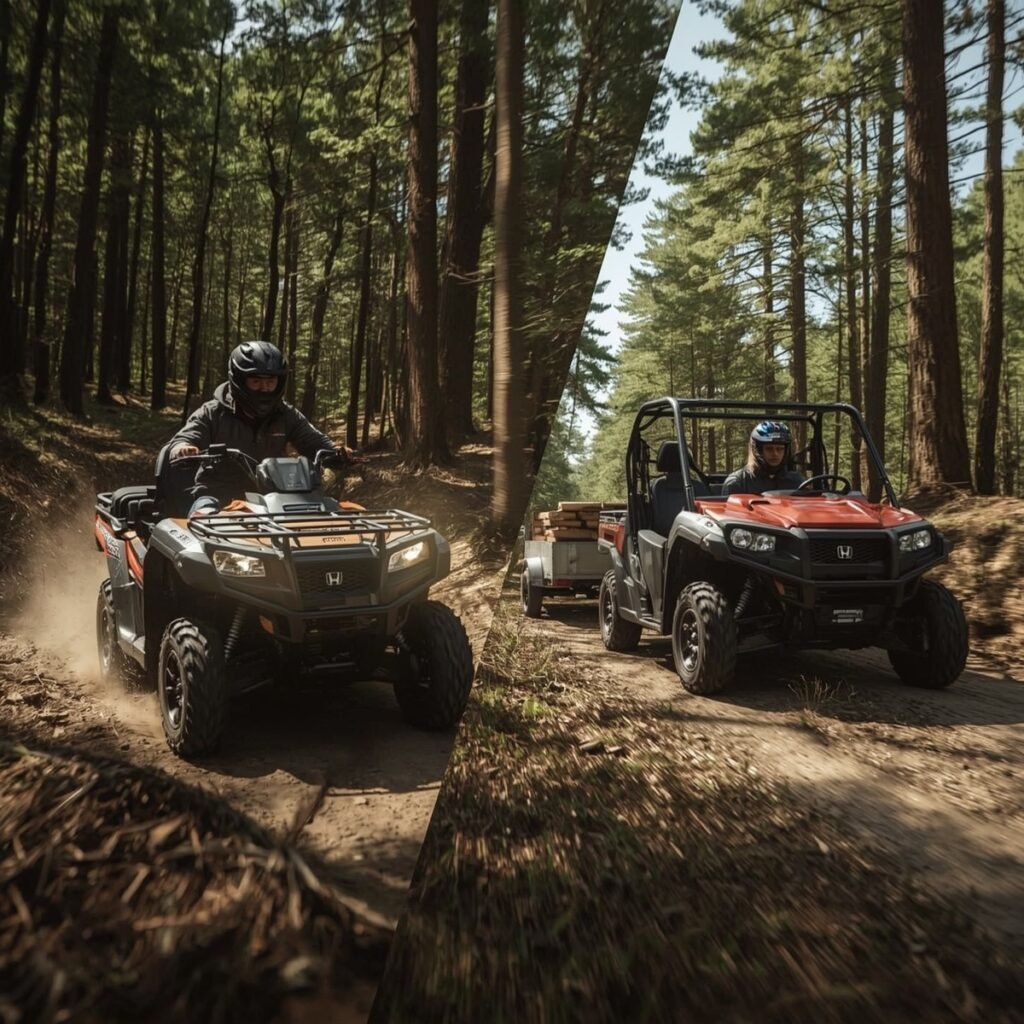
Cost and Value Analysis: Where Your Money Goes
Ultimately, the “best value” isn’t just about the sticker price; it’s about what you get for your money over the lifespan of the vehicle, considering your specific needs.
Initial Purchase Price
- Pioneer 500: Generally the more affordable option, with new models typically starting in the low to mid-$9,000 range. This lower entry point makes it accessible to a wider range of buyers.
- Pioneer 700: As the larger and more capable machine, the Pioneer 700 (and especially the 700-4) comes with a higher price tag, usually starting in the low to mid-$12,000 range and going up for the 4-seater and deluxe models.
Running Costs and Maintenance
Both the Pioneer 500 and 700 are known for Honda’s legendary reliability, which translates to lower long-term maintenance costs compared to many other brands.
Both use conventional gasoline and have similar maintenance schedules for oil changes, filter replacements, etc.
- Fuel Efficiency: The smaller 475cc engine of the Pioneer 500 might offer slightly better fuel efficiency than the 675cc engine of the 700, especially under lighter loads. However, the difference is often negligible in real-world UTV use.
- Parts Availability: Being Honda products, parts for both models are readily available and generally reasonably priced.
Resale Value
Honda UTVs, in general, hold their value very well, thanks to their reputation for reliability and durability.
Both the Pioneer 500 and 700 are popular models, ensuring a strong resale market.
Which Offers the Best Value?
- Pioneer 500: Best Value for Compact Utility and Recreation. If your primary needs involve navigating tight trails, light utility work around a smaller property, or simply enjoying recreational rides with one passenger, the Pioneer 500 offers exceptional value. Its lower initial cost, compact size, and Honda’s reliability make it a very cost-effective and enjoyable machine for its intended purpose. It’s a great entry point into the UTV world without compromising on quality.
- Pioneer 700: Best Value for Versatility, Capacity, and Heavier Work. If you need more passenger capacity (especially the 700-4), higher towing and payload capabilities, or frequently tackle more demanding terrain and heavier utility tasks, the Pioneer 700 provides superior value. While its initial cost is higher, its increased versatility and capability often justify the investment for those with more diverse or demanding needs. The ability to convert seating for cargo is a huge value-add for many users.

Conclusion: Finding Your Perfect Pioneer
In the Honda Pioneer 500 vs. 700: Best Value Analysis, it’s clear that both UTVs are outstanding machines, each designed to cater to slightly different needs and preferences.
There isn’t a single “best” value, but rather the best value for you.
- The Pioneer 500 shines as the agile, compact, and affordable option. It’s the perfect choice for those who need a nimble machine for tight trails, light utility work, and recreational riding with a single passenger. Its lower entry price and ease of maneuverability make it an excellent value for those with specific, less demanding requirements.
- The Pioneer 700 (especially the 700-4) offers a significant step up in power, capacity, and versatility. It’s the ideal UTV for families, those who frequently carry more passengers or cargo, and individuals who need a more robust machine for heavier utility tasks and more challenging terrain. The added capability and flexible seating often justify its higher price tag, providing excellent long-term value for a wider range of uses.
Ultimately, your decision should be based on a careful assessment of your primary use cases, the number of passengers you typically carry, the type of terrain you’ll encounter, and your budget.
Both the Pioneer 500 and 700 embody Honda’s commitment to quality and reliability, ensuring that whichever you choose, you’re investing in a UTV that will serve you well for years to come.
Happy riding, and may your chosen Pioneer bring you endless adventures and productivity!

